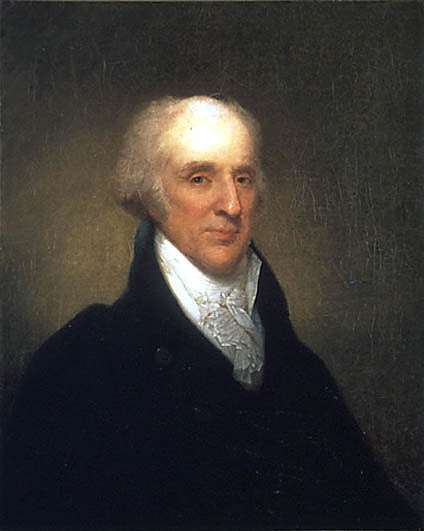
 |
|||||||||
| JOHN ARMSTRONG 1758-1843 by Rembrandt Peale, from life, c. 1808 Oil on canvas. H 29, W 24 in (H 73.7, W 61 cm Independence NHP INDE 14025 |
|||||||||
| About this Portrait: Rembrandt Peale (1778-1860) painted this portrait of Armstrong, then Minister to France and an old family friend, in 1808 during his first trip to Paris. This European experience brought the young Peale new techniques in color and the use of light. When he returned to Philadelphia with this portrait and others he had painted during his European tour, Rembrandt's father reported that the public praised the work as equal if not superior to any in Europe. Charles Willson Peale placed his son's portrait of Armstrong in his Philadelphia Museum in 1808. Ownership History: Listed in the 1813 Peale Museum catalog. Purchased by the City of Philadelphia at the 1854 Peale Museum sale. |
|||||||||
|
|||||||||
|
|
||
Note: Prev/next are in alphabetic order within their respective theaters. |
||
Last Modified: